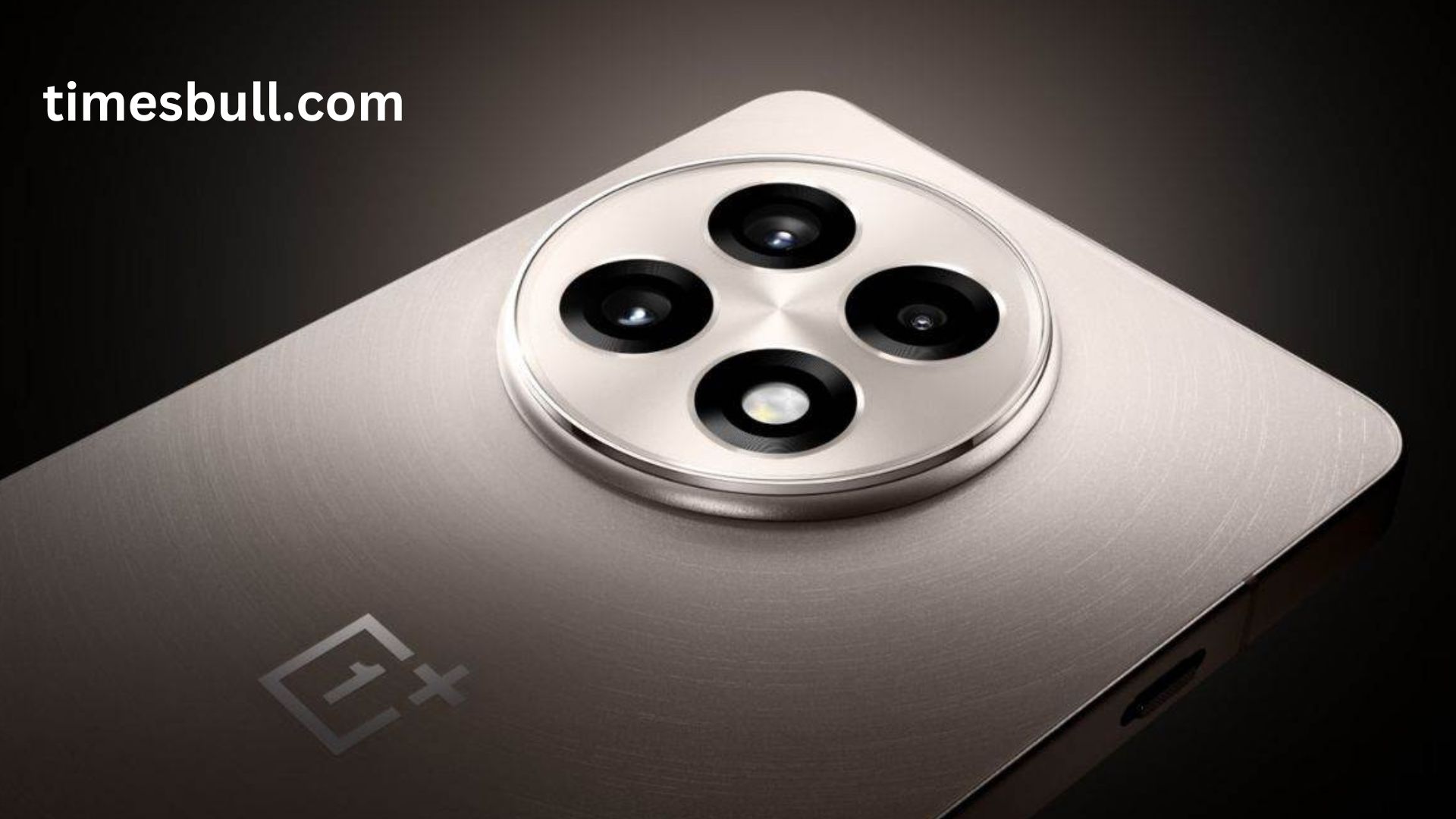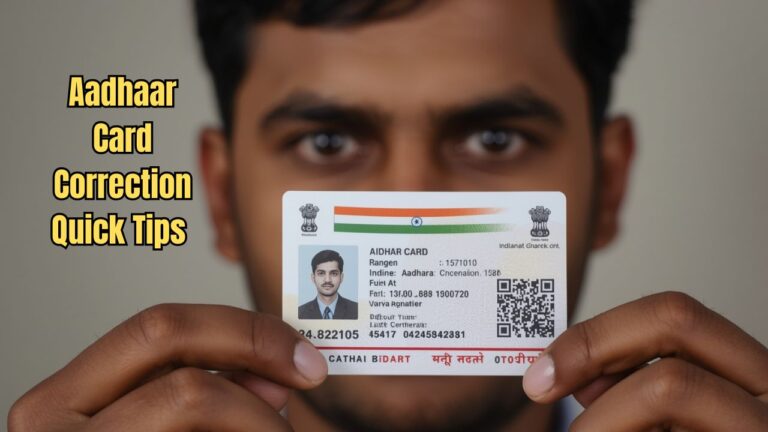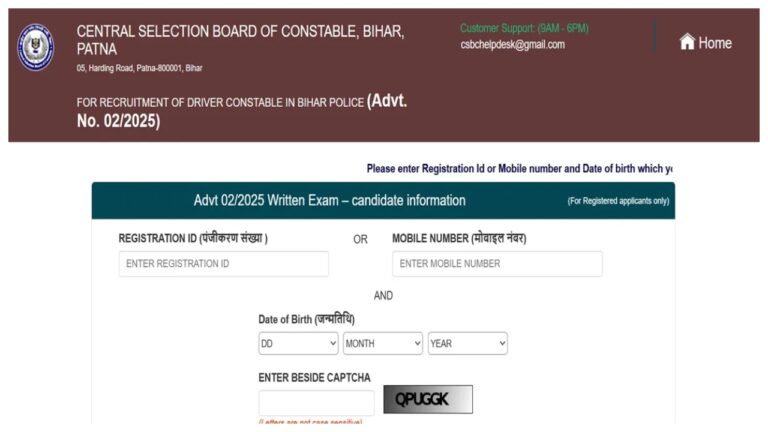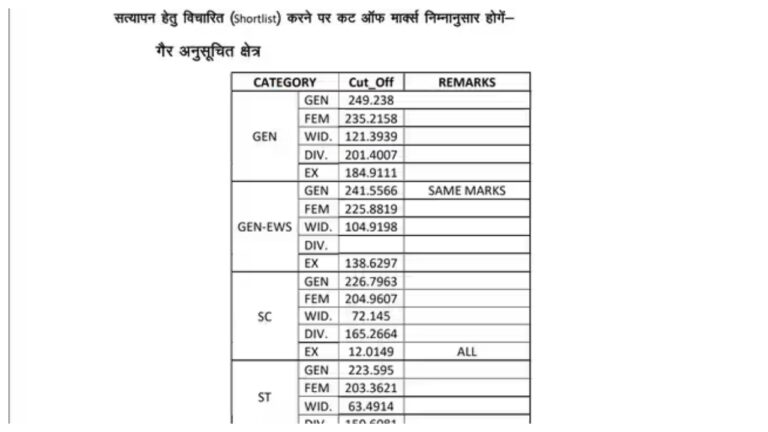OnePlus 13R Review:The OnePlus 12R let many down, particularly with its poor camera performance and UFS 3.1. With the OnePlus 13R, just which has a faster processor and a new telephoto lens, OnePlus has made a comeback. Expectations are high this time around because gamers adored the 12R, especially at ₹45,000.
Let us examine the OnePlus 13R to see if it can live up to the hype, resolve those irksome green line problems, and provide the user experience that consumers have come to demand.
Review of OnePlus 13R: Building and Design
The OnePlus 13R comes in two colors: Nebula Noir (black) and Astral Trail (creamish tone), and it has an aluminum frame. To help control heat, it has a sizable 9925 mm2 vapour cooling chamber.
But compared to other smartphones with IP68 or IP69 classifications, this one only has an IP65 rating, which means it can only tolerate light splashes.
In addition to the well-known alert slider, the phone has a microphone, twin nano SIM card slots, a USB-C 2.0 connector (which is not good), and the major speaker on the bottom. The earphone and infrared blaster are on top.In terms of design, the OnePlus 13R features a round camera module on a flat body. The design appears very dull and incomplete. The OnePlus 12R had a significantly better appearance.
Review of the OnePlus 13R: Display
A flat 6.78-inch 1.5K display with a resolution of 2780 x 1264 and LTPO 4.1 technology enabling a refresh rate of 1-120 Hz is a feature of the OnePlus 13R. Corning Gorilla Glass 7i protects it, and it has a peak brightness of 4500 nits and an HBM of 1600 nits. The display seemed a bit less bright to me, though.
The display offers good viewing angles and a punch-hole cutout. It feels like a gimmick even if it supports AquaTouch 2.0 because it still detects ghostly touches.
Practicality is nevertheless guaranteed by the flat form, particularly when it comes to using a screen protector. All things considered, it is a sturdy, colorful display with outstanding clarity and usage.
Review of the OnePlus 13R: Haptics and Speakers

The stereo speaker configuration of the OnePlus 13R produces mediocre sound quality. Even if the sound profile is well-balanced and suitable for gaming, I would advise switching to wired earbuds.
On the other hand, the OnePlus 13R has great haptics. As with other OnePlus phones, haptic feedback is skillfully incorporated and provides a positive experience when you unlock the phone, use the volume slider, or carry out other tasks.
Review of the OnePlus 13R: Performance
The Snapdragon 8 Gen 3 processor, 12/16GB LPDDR5X RAM, and 256/512GB UFS 4.0 storage power the OnePlus 13R. A tried-and-true chipset from the previous year is the Snapdragon 8 Gen 3.
The OnePlus 13R achieved benchmark scores of 1,708,877 in AnTuTu, 2,194 in Geekbench 6 single-core, and 6,551 in multi-core Geekbench testing. During a 15-minute CPU throttling test with 20 threads, the device achieved an average GIPS score of 327,520 and 70% stability.
The OnePlus 13R is an excellent gaming device; it can play games at 120 frames per second for BGMI and uses frame interpolation to increase the frame rate. The gameplay is fluid even in the absence of frame interpolation. Overall thermals are still nicely controlled, even though frame interpolation causes the device to grow a little heated.
Even the highest settings are handled flawlessly by the OnePlus 13R for Genshin Impact. The smartphone reached a temperature of 30 degrees Celsius after 30 minutes of gaming. Given how potent and effective the Snapdragon 8 Gen 3 is, the OnePlus 13R’s performance is hardly surprising.
Review of the OnePlus 13R: Cameras
The 50MP Sony LYT 700 primary camera, 50MP 2x telephoto Samsung JN5, and 8MP ultrawide make up the OnePlus 13R’s triple camera configuration. With the main and telephoto cameras, the 16MP front camera can film in 4K at 30 and 60 frames per second. Stabilization for both the front and back cameras is restricted to 1080p.
Specifications
50 MP is the main OIS PDAF, 1/1.56-inch, f/1.8, 24 mm, 4K30/60, Ultra-wide: 8 MP LYT-700 1/4-inch, f/2.2, Sony IMX355, 16 mm, 1080p30
Telephoto: 1/2.76-inch, f/2.0, 47 mm, AF 4K30/60, 50 MP Samsung JN5
Front: 16 megapixels 1/3.09-inch, 1080p30, f/2.4, FF
Highlights can occasionally be overexposed, but the primary camera performs well in daylight with decent HDR, contrast, and detail. Average low light performance is accompanied by soft details and obvious problems with light control.
Review of the OnePlus 13R: Charging and Battery Life
The single-cell 6,000mAh battery powers the OnePlus 13R. Even when playing games, you can obtain 7–10 hours of screen time in balanced mode. The battery performs exceptionally well for both everyday use and gaming.
When it comes to charging, 80W SUPERVOOC fast charging takes around an hour to bring you from 0% to 100%. The performance of wired charging is quick even though wireless charging is not supported.
Overall, the OnePlus 13R’s battery and charging experience are decent, however the single-cell architecture makes it take a little longer than a dual-cell battery. The fact that OnePlus is still using USB-A for its charger in 2025 is one irksome aspect.
Is the OnePlus 13R a good purchase?
Despite several drawbacks, the OnePlus 13R, which retails for ₹43,000, is a good choice. Notable drawbacks include the 8 MP ultra-wide camera, the telephoto lens’s lack of OIS, and sporadic green line problems.
Additionally, given that competitors are providing IP68/IP69 ratings, it is unfortunate that this device does not have wireless charging or an IP68 rating at this price. Another issue is the presence of advertisements and bloatware.
The OnePlus 13R is still a good choice for its performance, display, and general build quality, though, if you can ignore these drawbacks. The OnePlus 13R is still an excellent deal in this price range, although alternatives like the incoming OPPO Reno13 Pro might be worth taking into account.










